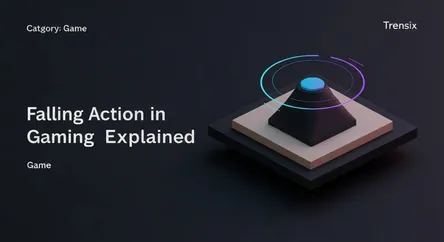Game
Falling Action in Gaming Explained

Discover falling action in game lore. Learn how this crucial narrative element resolves conflict and ties up loose ends after the game's climax.
What is it?
Falling action is a key component of narrative structure that occurs directly after a story's climax. In gaming, this is the phase following the final boss fight or the most intense moment of conflict. It's where the tension from the peak of the story begins to subside. This segment deals with the immediate consequences of the climax, tying up loose plot threads and showing the results of the player's actions. For example, it could be a series of cutscenes showing allies regrouping, the villain's fortress crumbling, or the main character reflecting on their victory before the final resolution.
Why is it trending?
As video games evolve into more sophisticated storytelling mediums, developers are placing a greater emphasis on crafting complete and satisfying narrative arcs. Players increasingly seek deep, emotionally resonant experiences, not just gameplay challenges. A well-executed falling action provides crucial emotional closure that a simple victory screen cannot. This focus on narrative depth means that elements like falling action are no longer afterthoughts but are integral to delivering a memorable story that stays with the player long after the credits roll.
How does it affect people?
Falling action directly impacts a player's emotional satisfaction with a game's story. It provides a necessary cooldown period after the adrenaline rush of the climax, allowing the player to process the events and their significance. It validates the player's journey by showing the tangible impact their choices and struggles had on the game world and its characters. A story that lacks a proper falling action can feel abrupt and unfulfilling, leaving players with a sense of incompleteness despite having overcome the final challenge. It's the difference between simply winning and achieving a meaningful conclusion.